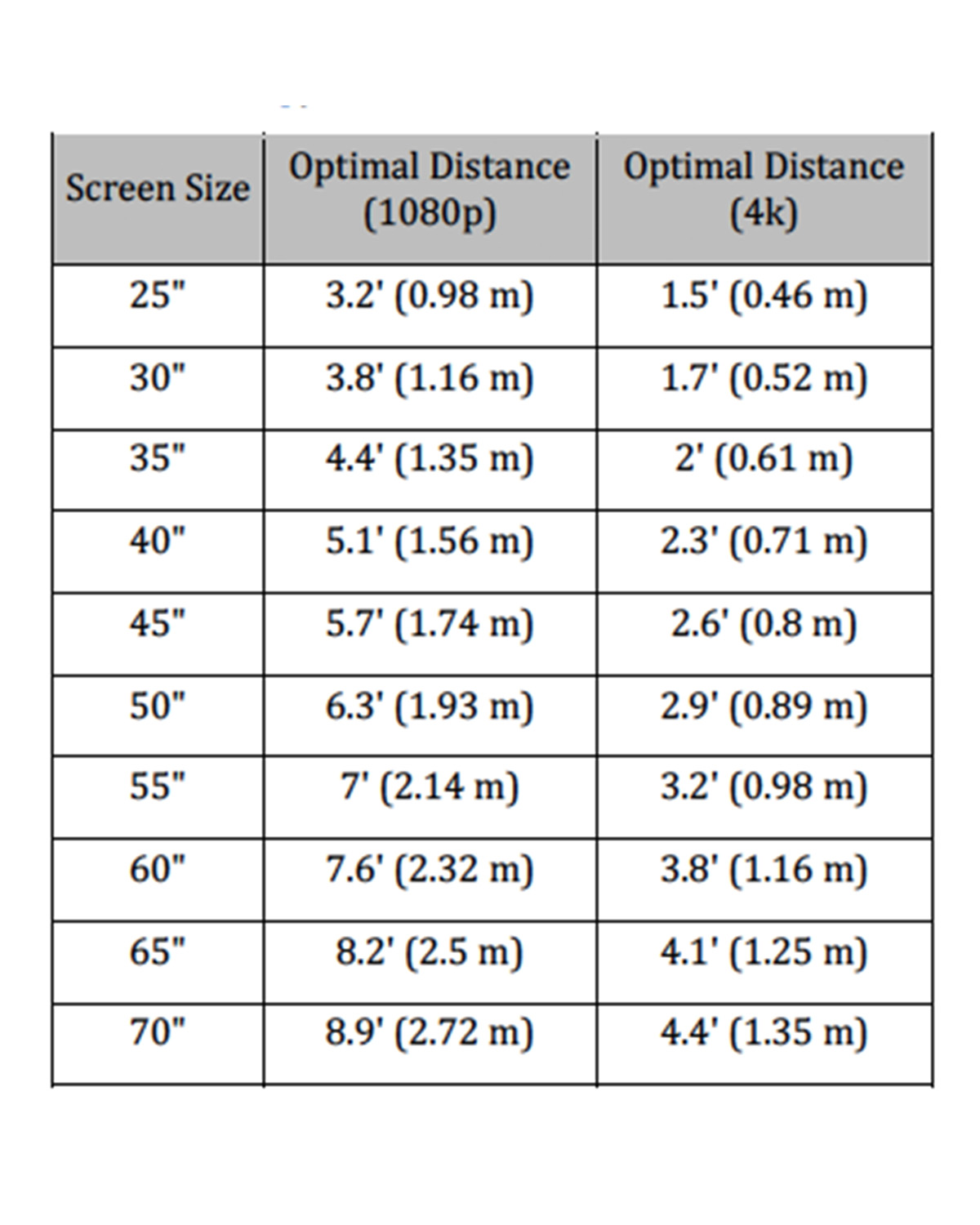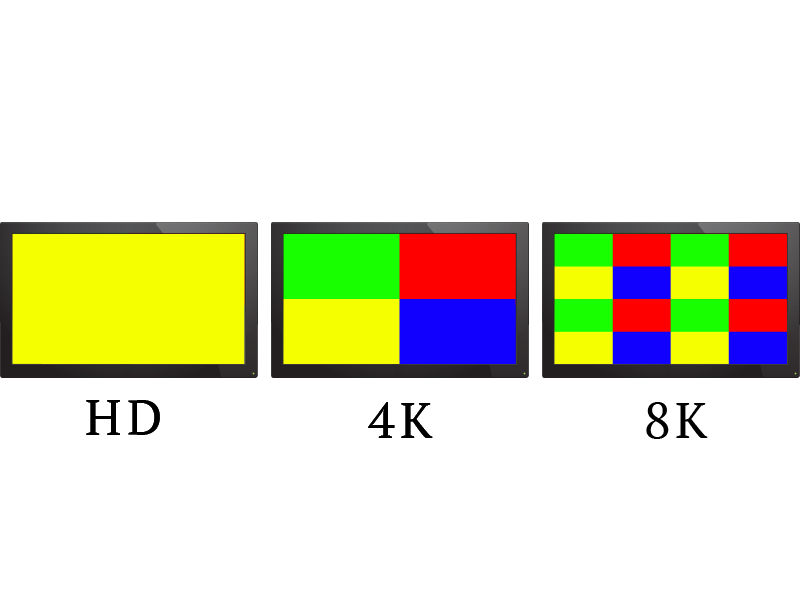What's New and Neat
September 2018
Apple: iPhones
-
Earlier today, Apple announced its 2018 lineup of iPhone models. Here is what we know:
-
XR – 6.1” LCD display - $749
-
XS – 5.8” OLED display (an updated X) - $999
-
XS Max – 6.5” OLED display - $1,099
-
-
All will utilize the new A12 processor.
-
All will run the iOS 12 operating system.
-
The graphical processing unit (GPU) is 50% faster than before.
-
The iPhone includes a neural processor, supporting real-time machine learning.
-
The new iPhones are more waterproof: up to 2 meters for up to 30 minutes.
-
Apple is preparing to ship its 2 billionth iOS device!
-
For the techno-geeks among us:
-
The A12 has 2 high-performance (faster) cores and 4 energy-efficient (slower) cores.
-
The A11 used a 10nm process, whereas the A12 uses a 7nm process.
-
This is expected to yield 15% higher clock speeds or 50% less energy usage.
-
-
FYI
-
1nm (one nanometer) = 1 billionth of a meter.
-
A human hair is 80,000nm – 100,000nm in diameter.
-
A strand of human DNA is about 2.5nm in diameter.
Apple: iPads
-
In spring 2018, Apple introduced a new, lower-priced 9.7” iPad (starting at $329).
-
Features an A10 processor.
-
Supports the Apple pencil.
-
Targeted at education.
-
-
It is expected that Apple will release two new iPad Pro models this fall:
-
10.5” and 12.9”, but with thinner bezels to provide slightly larger displays.
-
Utilizes the A12X (souped-up A12) processor.
-
Supports the Apple Pencil.
-
More of a squared profile than earlier models.
-
No home button, and use of Face ID.
-
Replacing Lightning connector with USB type C.
-
Removing the earphone jack in favor of wireless.
-
Apple: Other hardware
-
Apple also announced the Apple Watch 4 today.
-
Reduced bezel, resulting in a 30% larger display.
-
Customizable face layouts.
-
Thinner watch.
-
Haptic feedback on the digital crown
-
The new, faster, more precise accelerometer and gyroscope permits the watch to detect if the wearer has fallen.
-
An SOS alert appears on the screen. The user can cancel the alert or have the watch make an SOS call. If the wearer does not do anything for one minute, the watch makes the SOS call automatically.
-
-
The watch can detect many atrial fibrillation patterns through the heart sensor on its back, and will alert the wearer.
-
It also can record an electrocardiogram (ECG) on demand.
-
-
Android: Pie
-
This year’s version of the Android operating system is known as Pie (a.k.a. version 9.0).
-
It was release Aug 6.
-
Even if your device supports it, several months may pass before it comes available on your device.
Android: Devices
-
As usual, Samsung has released the latest large-format phone, the Note 9 just a few weeks before Apple’s iPhone event (Aug 24).
-
The Note 9 is a 6.4” phone, and it includes the S Pen, a stylus that stores inside the phone itself.
-
It sports a 12mp rear camera and an OLED display.
-
TV: Resolution
- Even as 4K TVs become the norm, 8K TVS are on the Horizon.
FYI
-
Unless you are sitting pretty close to a 65”, 4K TV you will be unable to tell much difference between it and a 1080p HD TV.
-
Unless you are sitting pretty close to a 100”, 8K TV you will be unable to tell much difference between it and a 1080p HD TV.
-
So, don’t be drawn in by the promise of better picture quality unless the combination of screen size and viewing distance makes it worth your while.
-
Consider this chart of optimal viewing distances. (https://www.rtings.com

- For a 50” TV: From a distance greater than about 6 feet, you will not see a difference between HD and 4K.
- So, why buy a 4K TV instead of an HD TV?
- If you choose to sit closer for a particular 4K program, you will see more detail.
- Generally, there is not a significant price difference between HD and 4K.
- Only the 4K TVs are being updated to include the latest features, such as “smartness” and HDR.
TV: Display technology
-
As in previous years, the problem with LED TVs (a.k.a. LCD TVs) is backlight bleeding, meaning that blacks appear to be grey.
-
One way manufacturers have addressed this problem is by introducing backlight zones.
-
The backlight is broken up into a matrix of zones, each of which is controlled separately.
-
Any given backlight zone is lit only if the image in that zone is non-black.
-
-
Plasma displays were once the king of true black, but nobody produces these displays anymore.
-
The reigning champ of true black is OLED (Organic LED).
-
Downside: a display has a half-life of about 5 years; that is, after about 5 years of use, the display will be half as bright.
-
Downside: displays greater than 100” in size are not economically feasible.
-
-
Many manufacturers now are preparing to switch to μLED (MicroLED) technology.
-
μLEDs are tiny, solid-state LEDs and have a longer service life than their OLED counterparts.
-
But, μLED displays provide the same true black found in Plasma and OLED displays.
-
Of course, μLED will be more expensive, initially.
-
TV: Other technology
-
This year appears to be one of evolution rather than revolution for television.
-
Manufacturers compete by providing different smart TV operating systems.
-
HDR (High Dynamic Range) appears in all but the least expensive TVs.
-
TV: Media
-
If you are a cable cutter, then you already can watch 4K content from online streaming sources such as Netflix and Amazon Prime.
-
I have read that Hulu has dropped 4K programming, but Hulu has not given a reason for the move.
-
DirecTV and Dish Network support 4K (on some channels), but Suddenlink (at home) does not.
-
TV: Prices
-
Two years ago, a 55”, 4K (or UHD) TV cost about $600.
-
Last year, such a TV was about $400.
-
This year, the price is as low as $250.
-
I feel that the price for this size has bottomed out.
Computer: Memory
-
Solid-State Drives (SSDs) continue to improve in reliability, speed, and capacity.
-
Three years ago ............35¢/GB
-
Two years ago ................25¢/GB
-
One year ago ..................25¢/GB
-
Today .................................15¢/GB
-
-
SSDs are and will continue to be more expensive than their hard drive counterparts, per GB.
-
For example, you can purchase a 2TB (2,048GB) portable hard drive for about 3¢/GB, or about 20% of the cost of an SSD.
-
Computer: Op Systems
-
Earlier today, Apple released macOS Mojave, which includes such features as:
-
Group FaceTime, which lets you chat with up to 32 people on one FaceTime call.
-
Dark mode, with the options of turning the desktop dark, including many apps such as mail, messages, maps, photos, and calendar.
-
Certain iOS apps will run on macOS. These include News, Home, Stocks, and Voice Memos. (This list is expected to expand in the future.)
-
The Continuity Camera feature lets you take a photo on your iPhone or iPad, and the photo appears instantly on your Mac.
-
-
Microsoft’s Windows 10 October 2018 update will include such features as:
-
A clipboard history that syncs between devices (press W+V to access clipboard history).
-
A dark theme for the File Explorer.
-
The Your Phone app will let Android phone users send texts from their PC and access phone photos from their PC.
-
Windows Defender becomes Windows Security.
-
You can make all text bigger by going to Settings > Ease of Access > Display and adjusting the “Make everything Bigger” slider.
-
Computer: Processors
-
Computer processors continue to feature:
-
Lower power consumption.
-
Modest speed improvements.
-
Increased data throughput.
-
-
During 2018-2019, expect a number of laptops using ARM processors rather than the traditional Intel processors.
-
ARM is a family of Reduced Instruction Set Computer (RISC) processors.
-
The ARM processors used in laptops will be souped-up siblings of the ones found in cellphones and tablets.
-
These laptops should run as fast as Intel-based laptops, but with lower energy needs.
-
They also could be thinner/lighter than current laptops.
-
Computer: Connectivity
-
Almost all older devices support USB 2.0.
-
Many newer devices support USB 3.0.
-
A few of the newest devices support USB 3.1.
-
USB-C connectors continue to gain popularity on devices.
-
There is no upside-down orientation with USB-C.
-
Shopping: Amazon Go
-
As Amazon puts it,
The worlds most advanced shopping technology. [Imagine a local store with] no line, no checkout – just grab and go! -
Here is a video that explains how it works.
(https://www.amazon.com/b?ie=UTF8&node=16008589011)
Smart Homes
-
More and more manufacturers are getting into smart home technologies.
Products include:
-
Thermostats
-
Door bells
-
Door locks
-
Smoke, CO, and gas leak detectors
-
Light bulbs, fixtures, and switches
-
Power outlets
-
Speakers
-
-
Suggestion: look for manufacturers whose products work with those produced by other manufacturers.
-
And if you have an Amazon Echo, you now can say,
Alexa, enable away mode.
and she will begin to play hours of, randomly-chosen, prerecorded conversations to make it appear that someone is at home.
Digital Photography
-
The resolution and quality of photographs on high-end DSLR (Digital Single Lens Reflex) cameras continues to climb.
-
For example, the Canon EOS 5DS camera has a resolution of 50.6 megapixels!
-
This is good enough to support excellent prints on A0 paper. (That’s 33.1 x 46.8 inches!)
-
You can expect to pay about $2,000 for the camera!
-
Driver Assistance
-
While autonomous automobiles have had a rough couple of years, driver assistance technologies have grown significantly during that same period.
-
It should come as no surprise that the high-end vehicles have the most bells and whistles.
-
-
A number of these autos even can take over all driving at speeds up to 35- 45 mph!
-
However, this has led to its own set of problems.
-
For example, Tesla named their assistive system autopilot, and a number of young drivers assumed its role was … you guessed it … as an autopilot!
-
This led to a number of rear-ending accidents in which the drivers were texting or watching movies.
-

